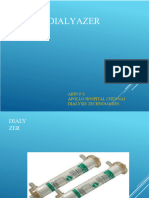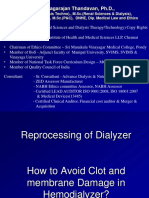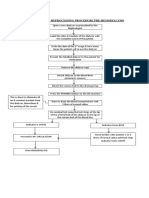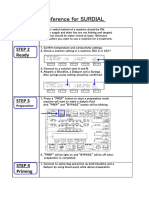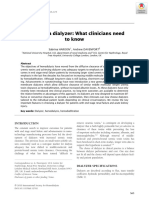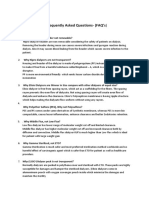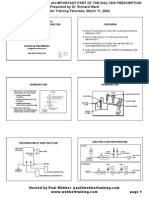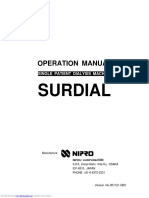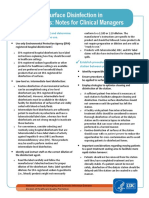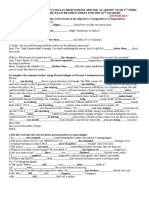0% found this document useful (0 votes)
23 views13 pagesModule-6 - Dialyzer Reprocessing
This is module six of diploma in Dialysis Tecnology
Uploaded by
kumharsitaram06Copyright
© © All Rights Reserved
We take content rights seriously. If you suspect this is your content, claim it here.
Available Formats
Download as PDF, TXT or read online on Scribd
0% found this document useful (0 votes)
23 views13 pagesModule-6 - Dialyzer Reprocessing
This is module six of diploma in Dialysis Tecnology
Uploaded by
kumharsitaram06Copyright
© © All Rights Reserved
We take content rights seriously. If you suspect this is your content, claim it here.
Available Formats
Download as PDF, TXT or read online on Scribd
/ 13






